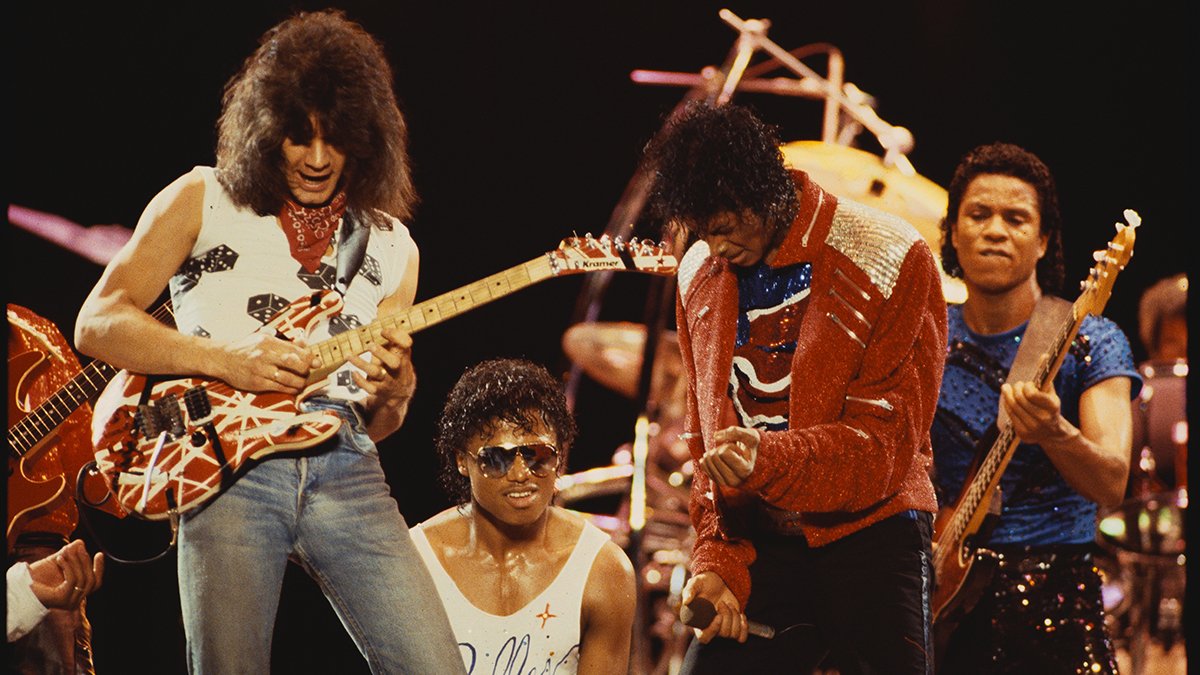Here’s how the synth bass sound for Michael Jackson’s PYT was programmed on an ARP 2600
Anthony Marinelli reveals the patching secrets behind the Thriller-era single's funky bottom end
It might not be the most famous single to be lifted from Michael Jackson’s Thriller album, but PYT is arguably funkiest, and a large chunk of its groove quota comes from the bassline. Now Anthony Marinelli, who programmed the patch for PYT on an ARP 2600 synth, has offered a detailed explanation of how it was created.

According to Marinelli, PYT was by no means nailed-on to appear on Thriller. In fact, it was composed - by James Ingram and Quincy Jones - pretty late in the day, and the production came together quickly.
As Marinelli tells it, the initial demo started to come together at the Westlake Studios complex in LA. However, Studios A and B were both busy at the time, so he and Ingram had to find somewhere else to work.
“I ended up in the hallway with James Ingram programming the LinnDrum for this song, and making a demo,” he recalls. “James was just kind of singing it; he had a demo on cassette and we created a drum track from start to finish.”
Once space was available, the LinnDrum was patched into the studio and guitarist Paul Jackson Jr, bassist Louis Johnson and keyboard player Greg Phillinganes joined the session. Oh, and Michael Jackson himself, of course, who worked with Ingram on the vocals.
It was Phillinganes who played the ARP 2600 bass patch that was eventually created. This was doubled with Louis Johnson’s electric bass part in the final recording.
Check out the video above to see Marinelli explaining how he created that classic sound on his ARP 2600 ‘Tonus’ using a combination of oscillators 2 and 3. “We wanted a functional sound with personality,” he says, and we’d certainly say they succeeded in doing that.
Want all the hottest music and gear news, reviews, deals, features and more, direct to your inbox? Sign up here.



I’m the Deputy Editor of MusicRadar, having worked on the site since its launch in 2007. I previously spent eight years working on our sister magazine, Computer Music. I’ve been playing the piano, gigging in bands and failing to finish tracks at home for more than 30 years, 24 of which I’ve also spent writing about music and the ever-changing technology used to make it.